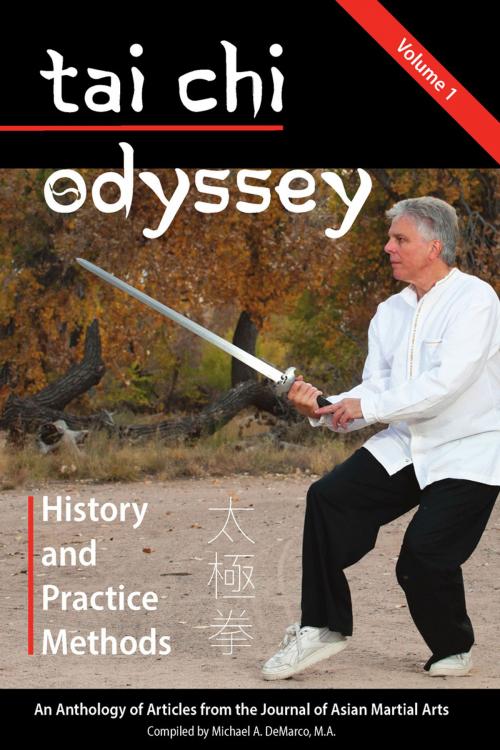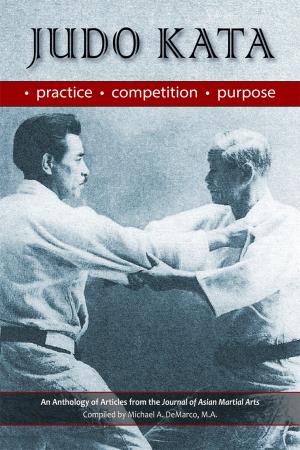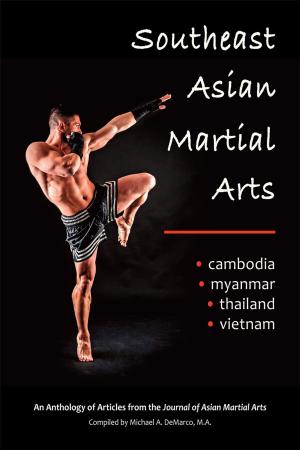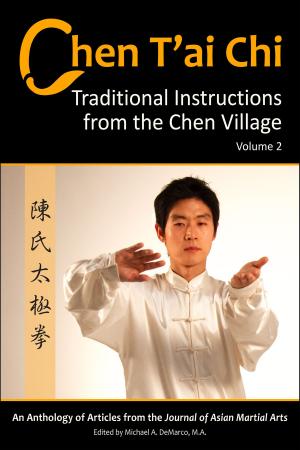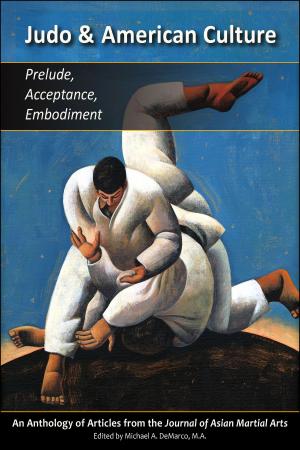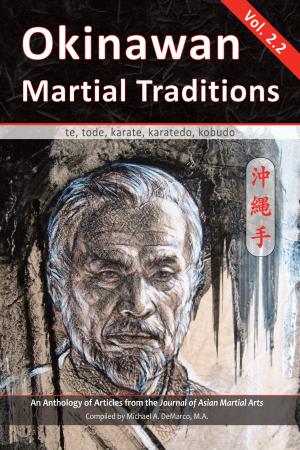Tai Chi Odyssey, Vol. 1
History and Practice Methods
Nonfiction, Sports, Martial Arts & Self Defence, Health & Well Being, Fitness, Exercise, Health| Author: | Michael DeMarco | ISBN: | 1230002031156 |
| Publisher: | Via Media Publishing | Publication: | December 1, 2017 |
| Imprint: | Language: | English |
| Author: | Michael DeMarco |
| ISBN: | 1230002031156 |
| Publisher: | Via Media Publishing |
| Publication: | December 1, 2017 |
| Imprint: | |
| Language: | English |
As a digital edition, this two-volume anthology offers not only a handy historical overview of taijiquan history, but most chapters focus on actual practice. Guidance is provided through Carol Derrickson’s discussions on taijiquan classic writings as well as from other highly experienced instructors in their own chapters.
Dr. Linda Lehrhaupt’s chapter inspires one to practice by explaining how mental changes occur in a student during initial weeks of classes. Although most taiji classes are offered by individuals in their own schools, a number of classes are also offered in academic settings. Andrew Peck gives a fine example of how taiji is taught in a university setting.
Other authors present subtle aspects of practice—be it eye movement, circles that exist even in movements that appear to be liner, benefits derived from solo and group practice, or the too often elusive element of relaxation. All these chapters will prove valuable to anyone wishing to improve their quality of practice and thus to reap more health benefits taiji has to offer. The same embodied principles can be utilized in martial applications.
Peter Lim wrote two chapters. In one he details general taiji principles that are put into the practice, while in the other chapter he looks specifically at how the principles can be applied in combat. His chapters provide a solid foundation for better understanding tuishou, the two-person push-hands practice that Herman Kaus and Hal Mosher (with the help of Allen Pittman) discuss. Greg Wolfson (with the help of Scott Rodell) writes about push-hands and sanshou—a high-level two-person practice of combative training. Russ Mason’s short but pertinent chapter samples two favorite techniques: wardoff and diagonal flying.
The chapters by Donald Mainfort and Joel Stein are relatively unique in that they look at the variety of taiji forms—contrasting the original Chen Style with the Yang Style, and the large and medium frames—helping us better understand how and why routines differ, and which may be better suited for particular individuals. As a result, we can also see why movements from different styles can blend into anyone’s practice.
Comprised of articles previously published in the Journal of Asian Martial Arts—we are highly optimistic that you will find something on each page of this anthology to be of great use in your understanding and practice.
As a digital edition, this two-volume anthology offers not only a handy historical overview of taijiquan history, but most chapters focus on actual practice. Guidance is provided through Carol Derrickson’s discussions on taijiquan classic writings as well as from other highly experienced instructors in their own chapters.
Dr. Linda Lehrhaupt’s chapter inspires one to practice by explaining how mental changes occur in a student during initial weeks of classes. Although most taiji classes are offered by individuals in their own schools, a number of classes are also offered in academic settings. Andrew Peck gives a fine example of how taiji is taught in a university setting.
Other authors present subtle aspects of practice—be it eye movement, circles that exist even in movements that appear to be liner, benefits derived from solo and group practice, or the too often elusive element of relaxation. All these chapters will prove valuable to anyone wishing to improve their quality of practice and thus to reap more health benefits taiji has to offer. The same embodied principles can be utilized in martial applications.
Peter Lim wrote two chapters. In one he details general taiji principles that are put into the practice, while in the other chapter he looks specifically at how the principles can be applied in combat. His chapters provide a solid foundation for better understanding tuishou, the two-person push-hands practice that Herman Kaus and Hal Mosher (with the help of Allen Pittman) discuss. Greg Wolfson (with the help of Scott Rodell) writes about push-hands and sanshou—a high-level two-person practice of combative training. Russ Mason’s short but pertinent chapter samples two favorite techniques: wardoff and diagonal flying.
The chapters by Donald Mainfort and Joel Stein are relatively unique in that they look at the variety of taiji forms—contrasting the original Chen Style with the Yang Style, and the large and medium frames—helping us better understand how and why routines differ, and which may be better suited for particular individuals. As a result, we can also see why movements from different styles can blend into anyone’s practice.
Comprised of articles previously published in the Journal of Asian Martial Arts—we are highly optimistic that you will find something on each page of this anthology to be of great use in your understanding and practice.
